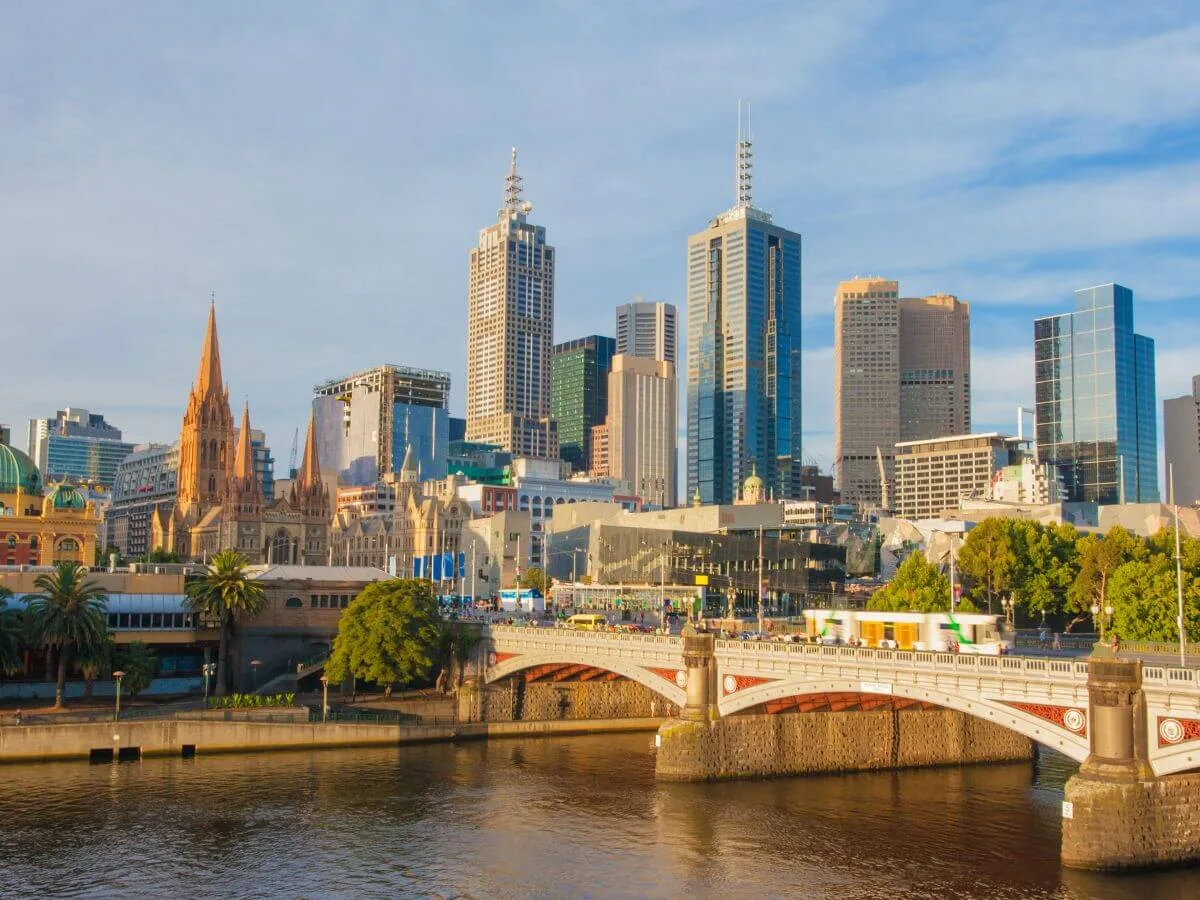Australians love property, but for many, figuring out where to invest is the hardest part. Finder's Property Investment Index uses a range of data inputs to predict price growth in each suburb across Australia's major cities. Property Investment Index pages for Sydney, Brisbane, Adelaide, Perth and Hobart are also available.
Key takeaways
- As of December 2025, the following suburbs have the highest potential for price growth:
- Houses: North Warrandyte(88.2/100), Pascoe Vale(87.8/100), Brunswick East(87.7/100)
- Units: Caulfield(89.3/100), Middle Park(86.8/100), Mentone(83.1/100)
Investing?
Compare investment loan rates and fund your property dreams

What is the Property Investment Index?
The Property Investment Index is a model that ranks suburbs based on their investment potential. Suburbs are scored out of 100, with 100 indicating very high predicted price growth and 0 indicating very low or negative predicted price growth.
The final score is calculated based on 3 factors:
- Market demand (maximum 50 points): This is based on sales turnover, average days on market, vacancy rates, building approvals and distance to the CBD.
- Population (maximum 40 points): This is based on population, population growth, income, income growth and unemployment rates.
- Property (maximum 25 points): This is based on historical property price growth and current property prices.
An additional 15 points are given to suburbs that have had at least 1 property sale over the past 12 months. The number of points for each suburb is capped at 100.
The index is intended to be an indicator of relative price growth, rather than of property prices themselves. A high score does not necessarily mean that a suburb will have the highest house prices but that we can expect strong growth in that area.
Note: The methodology was adjusted in August 2024 to remove all suburbs which do not have currently available Cotality (formerly CoreLogic) sale price data for houses or units, as applicable. This has resulted in a number of smaller and more regional areas with few property sales not receiving a score. These areas will appear again once Cotality (formerly CoreLogic) reports sale price data for those areas.
Houses
Top scoring suburbs by price point
Units
Top scoring suburbs by price point
Search the Property Investment Index by suburb
How the Index works
Finder's Property Investment Index uses a range of data inputs to predict price growth in each suburb across Australia's major cities. These data inputs are weighted to produce a score out of 100, with 100 indicating very high predicted price growth and 0 indicating very low or negative predicted price growth.
In addition to the weighted inputs listed below, an additional 15 points are given to suburbs that have had at least 1 property sale over the past 12 months.
Investor activity in Victoria
Prior to the pandemic, investor activity in Victoria had been declining since 2017. When COVID-19 began, this downward trend continued for a while before investor home loans surged sharply. By September 2025, the total value of investor loans in Victoria reached a record $8.4 billion, up 11.7% from the previous quarter and 24.4% higher than a year earlier.
The RBA has hiked interest rates thirteen times in a row. In May, following two years of inaction, the central bank initiated a series of rate hikes that has yet to conclude. This has so far added over $18,000+ to the annual cost of an average 30-year mortgage. The effects of these rate rises are already being felt in the market. This hits investors also. As borrowing gets more expensive, property prices are almost certainly going to fall further.
Comparatively, however, some suburbs still have more comparative investment potential than others - which our index helps to highlight.
Property sentiment in Melbourne
About 53% of Melbourne residents expect property prices in their local area to increase in the next 12 months, according to Finder's Consumer Sentiment Tracker. This includes 17% who think price growth will be significant. On the other hand, 18% believe prices in their area will fall over the next year.
Ask a question
More guides on Finder
-
Renting vs. Owning in Australia
Finder's Property Investment Index predicts price growth in each suburb across Australia's major cities.
-
Australian Property and Rental Market Statistics
Finder's Property Investment Index predicts price growth in each suburb across Australia's major cities.
-
Finder’s Economic Positivity Index
Tracking the outlook of Finder's panel of economic experts.
-
Finder’s Property Investment Index Hobart
Finder's Property Investment Index predicts price growth in each suburb across Australia's major cities. Find out how your suburb stacks up.
-
Finder’s Property Investment Index Adelaide
Finder's Property Investment Index predicts price growth in each suburb across Australia's major cities. Find out how your suburb stacks up.
-
Finder’s Property Investment Index Perth
Finder's Property Investment Index predicts price growth in each suburb across Australia's major cities.
-
Finder’s Property Investment Index Brisbane
Finder's Property Investment Index predicts price growth in each suburb across Australia's major cities.
-
Finder’s Property Investment Index Sydney
Finder's Property Investment Index predicts price growth in each suburb across Australia's major cities.
-
Consumer Sentiment Tracker
Discover average home loan sizes around Australia and much more with our comprehensive guide to home loan statistics.
